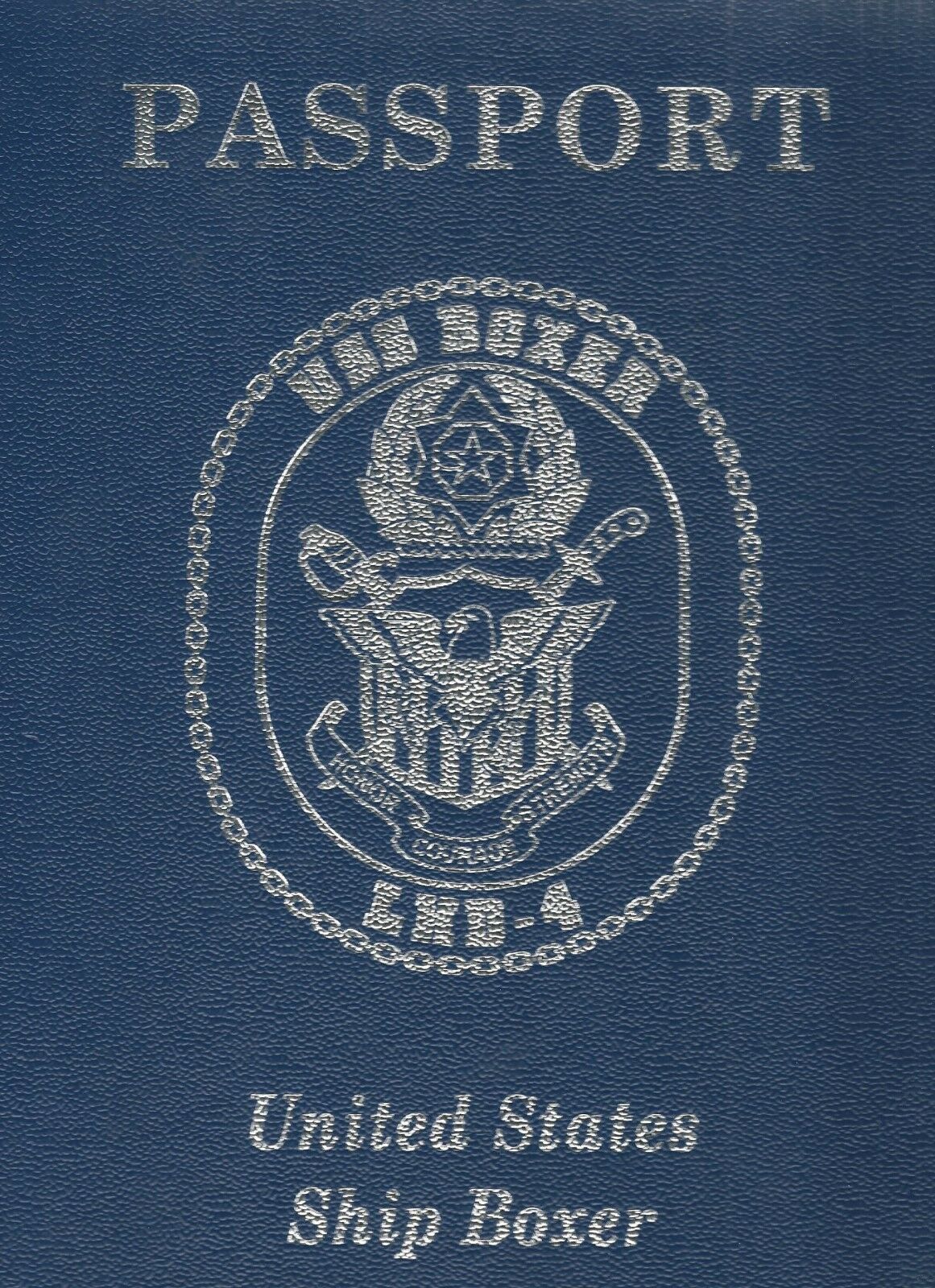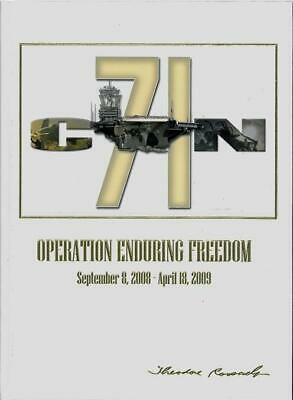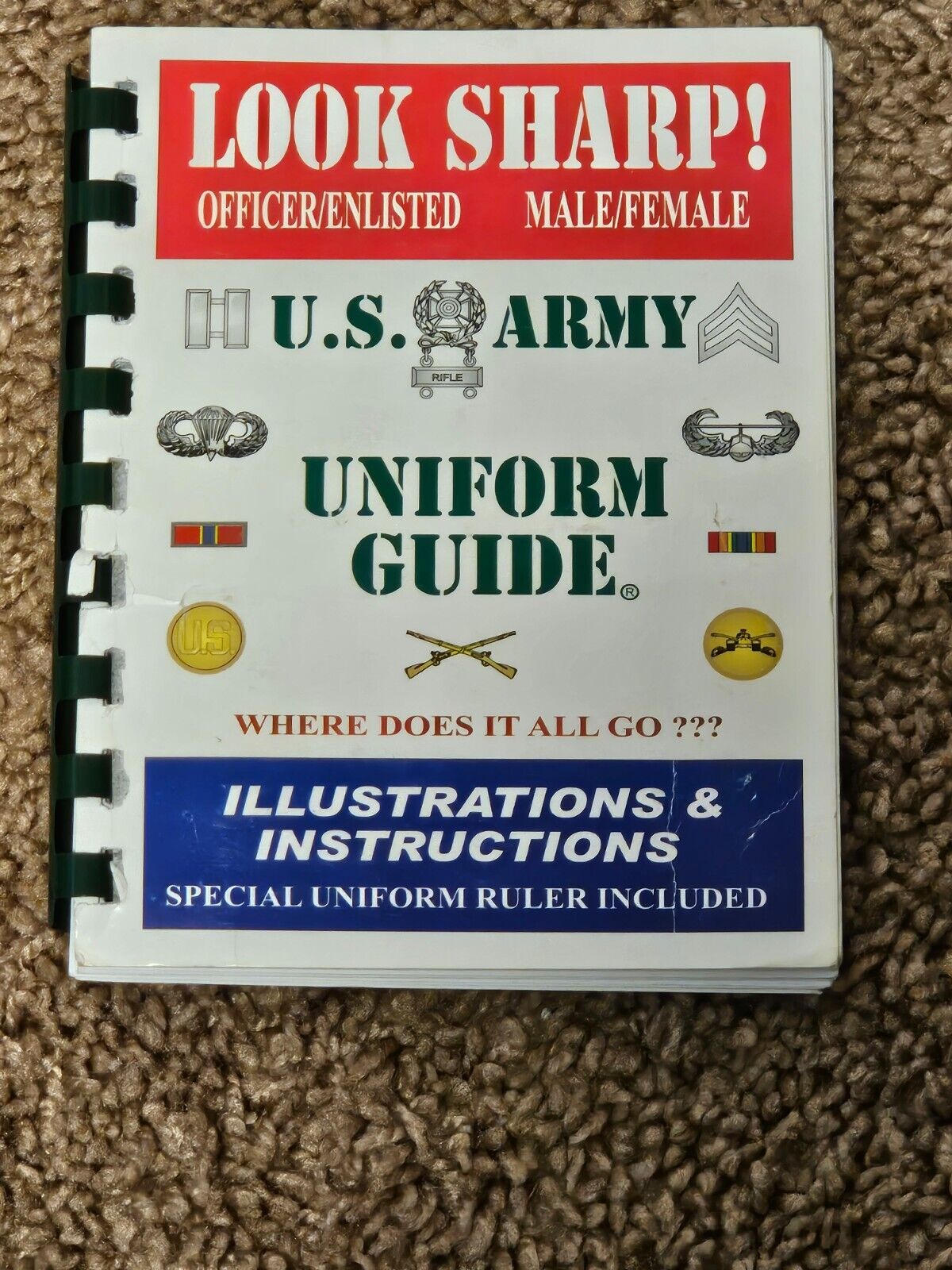-40%
USS Wasp LHD 1 2004 Global War on Terrorism Cruise Book History Deployment Photo
$ 210.4
- Description
- Size Guide
Description
USS WASP LHD 1February-September 2004
First in the Fleet
Fighting the Global War on Terrorism
Illustrated hardcover cruise book
__________________________________________________________________________________
As we look back on our 2004 deployment, each of us will have different memories. I want to take the time thank all of you for your hard work, professionalism and dedication that helped make this deployment a success. We had a compressed and demanding work up period, and eight months busy and demanding deployment.
As the flagship for the first ever East Coast Expeditionary Strike Group, we are helping to transform the way the Navy does business. The ships of the Wasp Strike Group operated in new ways that will make a difference in the future. And we helped to prove added flexibility and muscle that an ESG can bring.
In February 2004, the USS Wasp set sail to take the Marines of 1/6 Marine Regiment and HMM-266 Rein to Afghanistan. They arrived at the end of March and offloaded the Marines. They then turned around and went back to the states to pick up the Marines from HMH-461 to take them to Djibouti. After offloading the HMH-461 in Djibouti, they picked up the Marines of HMM-266 Rein from Kuwait in August 2004, and returned to the coast of Norfolk, Virginia mid-September 2004.
___________________________________________________________________________________________
To carry out its primary mission, USS Wasp has an assault support system that synchronizes the simultaneous horizontal and vertical flow of troops, cargo and vehicles throughout the ship. Two aircraft elevators service the hangar bay and flight deck. Six cargo elevators, each 4 by 8 meters (13 by 26 ft.), are used to transport material and supplies from the 3,000-cubic-meter (110,000 cu ft.) cargo holds throughout the ship to staging areas on the flight deck, hangar bay and vehicle storage area. Cargo is transferred to waiting landing craft docked within the ship's 12,000-square-foot (1,100 m2), 81-meter long (266 ft.) well dock. Helicopters in the hangar bay or on the flight deck are cargo-loaded by forklift.
Wasp has medical and dental facilities capable of providing intensive medical assistance to 600 casualties, whether combat incurred or brought aboard ship during humanitarian missions. The corpsmen also provide routine medical/dental care to the crew and embarked personnel. Major medical facilities include four main and two emergency operating rooms, four dental operating rooms, x-ray rooms, a blood bank, laboratories, and patient wards. In addition, three battle dressing stations are located throughout the ship, as well as a casualty collecting area at the flight deck level. Medical elevators rapidly transfer casualties from the flight deck and hangar bay to the medical facilities.
For the comfort of the 1,075 crewmembers and 2,200 embarked troops, all manned spaces and berthing areas are individually heated and air conditioned. Berthing areas are subdivided to provide semi-private spaces without adversely affecting efficiency. Deck and wall coverings are decorative but also serviceable and easy to maintain.Messing areas facilitate rapid dining in a restaurant atmosphere. Onboard recreational facilities include a Library Multi-Media Resource Center with Internet access, a weight room, and satellite television capabilities.
USS Wasp 's two steam propulsion plants — the largest currently in operation in the U.S. Navy — generate a total of 400 tons of steam per hour. The propulsion system develops 70,000 shaft horsepower (52 MW), powering the ship to speeds in excess of 22 knots (25.3 mph or 41 km/h). USS Wasp was built using more than 21,000 tons of steel, 400 tons of aluminum, 400 miles (640 km) of electrical/electronic cables, 80 miles (130 km) of piping and tubing of various types and sizes, and 10 miles (16 km) of ventilation ducting. Wasp weighed more than 27,000 tons when moved onto the Ingalls floating dry-dock on 30 July 1987 for launch on 4 August 1987, becoming the largest man-made object rolled across land.
In 1996, the ship was fitted with the Advanced Combat Direction System (ACDS).
Listing and template services provided by inkFrog

















